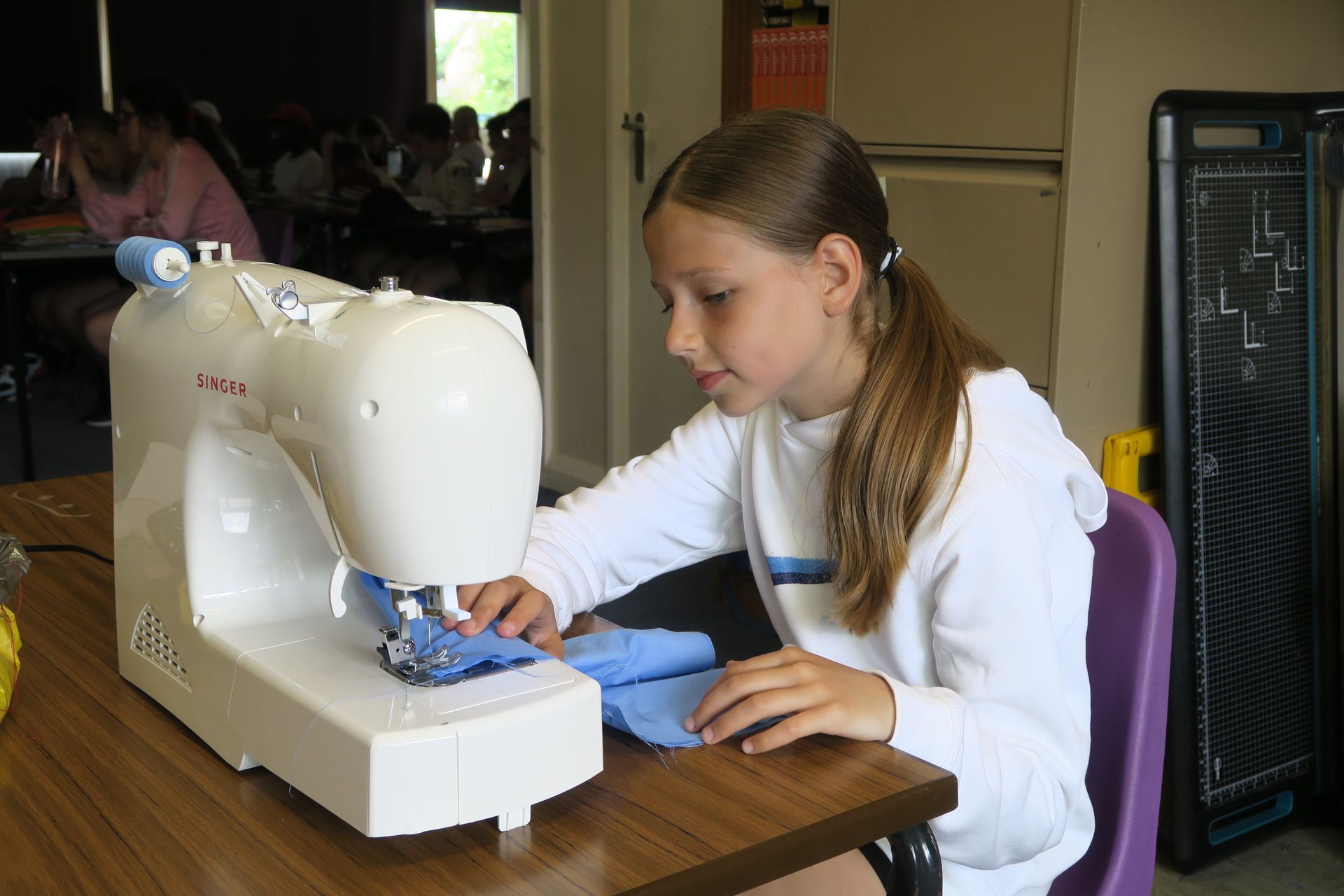
Design and Technology
Design and Technology
Statement of intent for Design Technology
In Design and Technology, our children are encouraged to immerse themselves in enjoying the process of using imagination and creativity to solve problems in a variety of contexts. Using mathematics, art, science and computing, we want to inspire our children to design and create practical, working objects. Through doing this they will acquire a broad range of subject knowledge, extend their vocabularies and realise the potential for application of these skills in the wider world.
By extension, we want our pupils to be able to work out how a design goes from an idea to a reality. Through the evaluation process, they will learn to recognise the potential errors and flaws in their designs and work collaboratively to solve and rectify the issues to address them.
Design
Pupils are taught to research and investigate before undertaking the task of designing and making.
Pupils will discuss design, draw and develop models and practise prototypes, annotate sketches, create cross sectional and exploded diagrams and use groups discussion to explain their methods and ideas prior to undertaking the task.
Make
Our pupils will select from and use a wide range of materials and components, including construction materials, textiles and ingredients, according to their functional properties and aesthetic qualities.
Evaluate
During the design phase, children will rigorously investigate, analyse and test existing products to gain a deep understanding of the function of the object they are going to make. On completion of the task they will consider the views of others during the process and learn to be constructive in the feedback they give others and extend that to their own work evaluation against their original plans and designs.
Technical Knowledge
When designing and making, our pupils will be taught to:
- apply their understanding of how to strengthen, stiffen and reinforce more complex structures
- understand and use mechanical systems in their products [for example, gears, pulleys, cams, levers and linkages]
- understand and use electrical systems in their products [for example, series circuits incorporating switches, bulbs, buzzers and motors]
- apply their understanding of computing to program, monitor and control their products.
By providing a rigorous and robust curriculum for our pupils we will delight in the realisation that a pupil has when they discover an aptitude for this subject. This subject allows children the freedom to create in a supportive environment which we hope will foster not only a greater understanding of the application of these skills to their wider world but also a love of designing and making which has the potential to shape their future.




